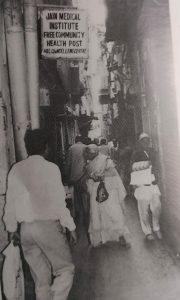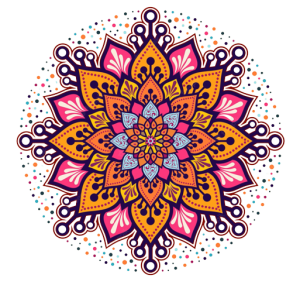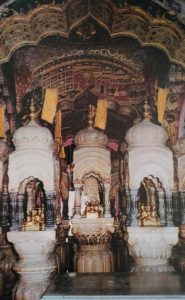Delhi And Hastinapur
With the help of the above map, showing the Chandni Chowk quarter of Delhi should be able to trace their way to some of Delhi’s eighty or visitors to Delhi do not see any of them.
their way to some of Delhi’s eighty or visitors to Delhi do not see any of them.
Prior to the first sackings of the most devastating raid was that by Timur the Mongolian in 1398, w inhabitants lost their lives – Delhi must have had a number of architect assumption is substantiated by the pillars from Hindu and Jaina temples used for building the Qutb Mosque (c. 1200).
 Later, under the more tolerant Mughal rulers (1526-1857), temple building in Delhi began anew. However, very few free-standing Jaina temples were built; it was more opportune to have them tucked away within narrow lanes. The famous Jaina Lal-Mandir (No.1 in ill. 194) was [erected in 1656.
Later, under the more tolerant Mughal rulers (1526-1857), temple building in Delhi began anew. However, very few free-standing Jaina temples were built; it was more opportune to have them tucked away within narrow lanes. The famous Jaina Lal-Mandir (No.1 in ill. 194) was [erected in 1656.
Morning puja at the foot of the new (1986) Maha- vira statue atop a prominent hillock at Mehrauli, New Delhi. The statue was sculptured at Karkala in reddish granite (see p. 45).
Free medical service open to all (see ill. 194, No. 5).
Old Delhi, Digambara Meru Mandir, interior (see ill. 194). On the rear cupola, the symbols of the sixteen dreams announce to the mother-to-be the conception and birth of a Jina. The mural next to it shows the palace at Ayodyha where Rishabha, the first of the last
twenty-four Tirthankaras, was born.
